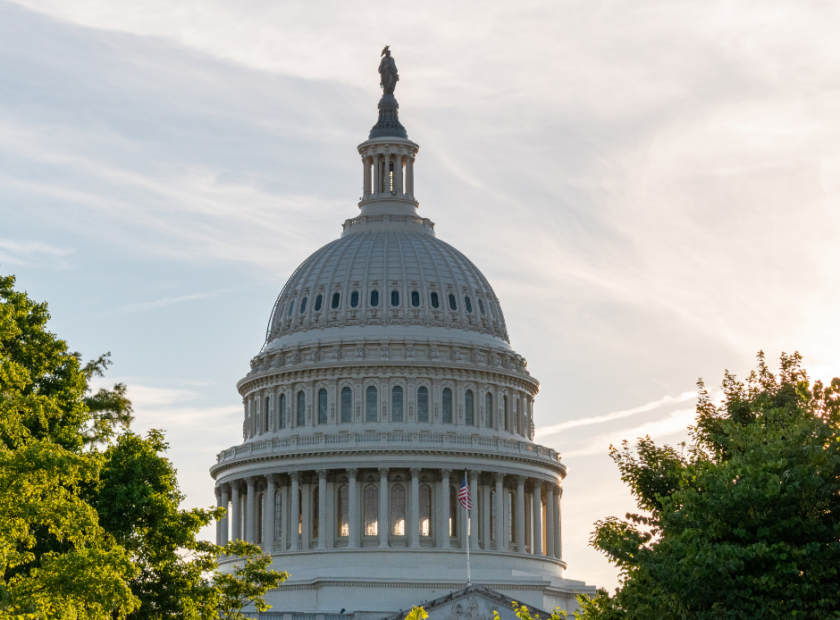Federal lawmakers returned to Capitol Hill on September 9 for a three-week session before breaking again on September 27, 2024, until after Election Day. In those three weeks, the House and Senate are expected to draft and vote on a stopgap spending bill, known as a continuing resolution, to avoid a full or partial government shutdown when the new fiscal year begins October 1, 2024.
The House Appropriations Committee has approved all 12 of its spending bills for fiscal year 2025 and the Senate Appropriations Committee has voted to send 11 of its 12 spending bills to the Senate floor. However, the two chambers are each using vastly different spending levels and are unlikely to begin work reconciling their differences until after they learn which party will control Congress next year. This same dynamic applies to most pending legislation and is expected to significantly hold up the legislative process until after the election.
The lame-duck session, which spans the time between the election and when the new Congress convenes, is scheduled from November 12 through December 20, 2024. During these five weeks, leaders in the House and the Senate may seek to pass various appropriations bills and/or pass a longer-lasting continuing resolution. They may also work to pass the National Defense Authorization Act (NDAA) and the Water Resources Development Act (WRDA).
Several bills have passed one chamber or the other with strong bipartisan support and could move to the President’s desk, including the Workforce Innovation and Opportunity Act (WIOA) reauthorization, which was passed by the House in April. The Older Americans Act (OAA) reauthorization, which passed the Senate Health, Education, Labor and Pensions Committee in July, also has potential to move forward. However, neither bill has moved at all in the other chamber, which undermines their prospects for enactment in this Congress. Even less likely to pass this year is the Farm Bill, passed by the House Agriculture Committee in May. Instead, the Farm Bill is expected to be extended for another year.
Any legislation that does not pass before the 118th Congress adjourns this year sine die will have to be reintroduced in the new 119th Congress, starting the whole process anew. With roughly eight weeks of congressional session left in the calendar year, it remains to be seen what the 118th Congress will be able to accomplish before adjourning.





